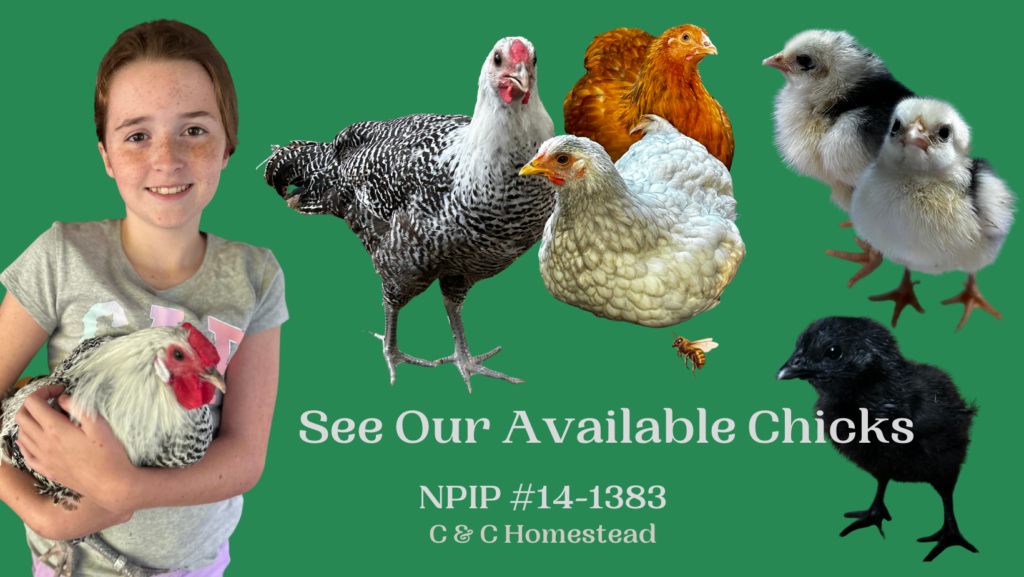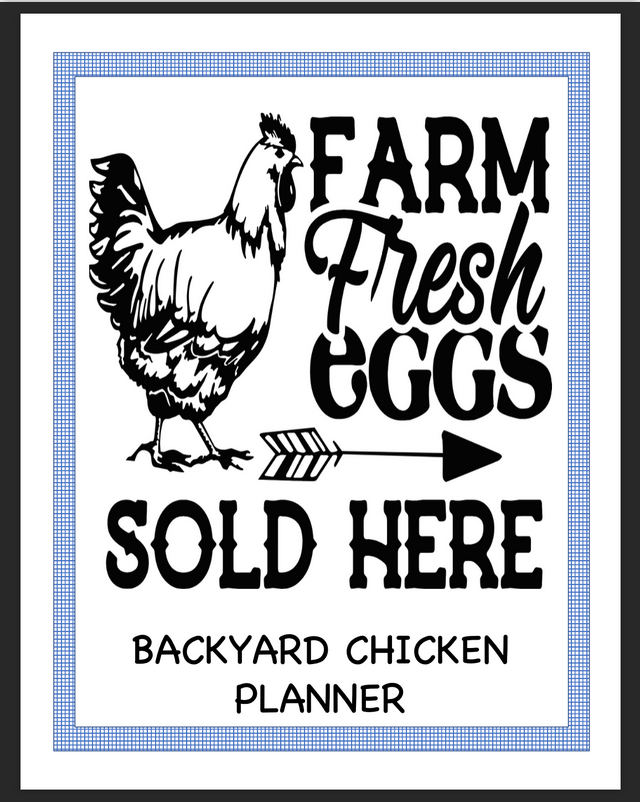Balancing Corporate & Homesteading Lifestyles
Why Every Flock Needs a Symptom Monitoring Log
When it comes to managing your flock’s health, keeping detailed records can make all the difference. Birds are experts at hiding illness—a survival instinct in the wild—and by the time they show visible signs of sickness, they may already be seriously unwell. A Symptom Monitoring Log gives you the tools to track your birds’ health, document changes over time, and respond quickly to worsening conditions. Whether you’re managing a Marek’s-positive flock, dealing with a respiratory outbreak, or simply monitoring a single sick bird, this log can provide essential insights and streamline decision-making.
What Is a Symptom Monitoring Log?
A Symptom Monitoring Log is a simple, organized record that allows you to track the health of individual birds. It includes information such as:
- Symptoms: What physical or behavioral signs of illness the bird is exhibiting (e.g., lethargy, diarrhea, or sneezing).
- Weight: Regular weight measurements to detect changes that may not be immediately obvious by sight.
- Behavior Changes: Notes on appetite, activity level, social interaction, or unusual behavior.
- Treatments: A record of any medications, supplements, or supportive care you’ve provided, along with dosages and dates.
By keeping all this information in one place, you can identify patterns over time, evaluate the effectiveness of treatments, and provide a detailed history if a veterinarian needs to get involved.
Why Should You Use a Symptom Monitoring Log?
- Detect Problems Early:
Subtle symptoms like weight loss or reduced activity can be early warning signs of illness. Regular monitoring helps you catch these changes before they become severe.
- Track Progress in Sick Birds:
A log allows you to see whether symptoms are improving or worsening over time. This can help you adjust care and determine whether treatments are effective.
- Provide Critical Data for Vets:
If you need to consult a veterinarian, having a detailed record of symptoms, treatments, and behavioral changes will save time and help your vet make an accurate diagnosis.
- Prevent the Spread of Illness:
Monitoring symptoms in individual birds can help you isolate potentially contagious birds more quickly, protecting the rest of your flock.
- Identify Patterns in Your Flock:
Over time, you may notice trends or recurring issues (e.g., respiratory illnesses in colder months), which can help you take proactive steps to prevent future problems.
How to Use a Symptom Monitoring Log
- Start as Soon as You Notice Symptoms:
- If a bird appears unwell, begin tracking its symptoms, weight, and behavior changes immediately.
- Early documentation gives you a baseline to compare against as you monitor the bird’s condition.
- Weigh the Bird Regularly:
- Use a small kitchen scale or postal scale to record the bird’s weight daily or every other day.
- Sudden weight loss is often one of the first signs of illness, even if the bird seems otherwise normal.
- Observe and Record Symptoms:
- Be specific about what you observe. For example:
- Instead of “acting sick,” write “hunched posture, not eating, watery green droppings.”
- Be specific about what you observe. For example:
-
- Include any environmental factors that might be relevant (e.g., “recently introduced new birds” or “cold snap last week”).
- Document Behavior Changes:
- Note changes in activity, appetite, vocalizations, or flock interactions. Examples:
- “Isolating from the flock.”
- “Pecking at food but not eating.”
- “Sits on perch all day, not dust bathing.”
- Note changes in activity, appetite, vocalizations, or flock interactions. Examples:
- Track Treatments and Care:
- Record any medications, supplements, or supportive care you’ve provided, including:
- The name of the treatment.
- Dosage and frequency.
- How the bird responded to the treatment.
- Review Patterns Over Time:
- Use your log to identify patterns or trends in symptoms. If the bird isn’t improving after several days of care, it may be time to adjust treatment or consult a veterinarian.
What to Include in Your Symptom Monitoring Log
A good symptom monitoring log should have the following sections:
- General Information:
- Bird’s name or tag number.
- Breed, age, and sex (hen or rooster).
- Date monitoring began.
- Daily Record:
- Date: The day you observed the bird.
- Symptoms: A detailed description of any signs of illness (e.g., lethargy, sneezing, watery droppings).
- Weight: Use a kitchen or postal scale to record weight in pounds or ounces.
- Appetite/Behavior: Notes on eating, drinking, activity, or flock interactions.
- Treatments or Notes: Any care provided (e.g., antibiotics, electrolytes, vitamins) or observations about changes in symptoms.
- Additional Notes Section:
- Space for longer observations, veterinarian recommendations, or notes on the bird’s history.
Example Symptom Monitoring Log Entry
| Date | Symptoms Observed | Weight | Appetite/Behavior | Treatments or Notes |
| 2024-12-09 | Lethargy, watery green droppings, pale comb | 3.1 lbs | Pecking at food but not eating much | Began Corid (1 tsp/gal water), added Nutri-Drench. Observing closely. |
| 2024-12-10 | Slight improvement in energy, droppings still green | 3.2 lbs | Ate small amount of scrambled egg | Continued Corid and vitamins. Added warm oatmeal. |
| 2024-12-11 | More active, droppings firmed up | 3.4 lbs | Eating normal feed and drinking water | Reduced vitamin supplementation to 2x/week. |
Tips for Effective Monitoring
- Be Consistent: Take observations at the same time each day to ensure accurate comparisons.
- Weigh Correctly: Weigh the bird before feeding for the most consistent results.
- Review Regularly: Look back at past entries to spot patterns or changes that may not be obvious day-to-day.
Why It Matters
Monitoring symptoms may seem tedious at first, but the insights gained from a detailed record can mean the difference between a bird’s recovery and worsening condition. It also enables you to protect your entire flock by isolating and treating illnesses promptly. Whether you’re a backyard hobbyist or managing a larger flock, a Symptom Monitoring Log is an invaluable tool for flock health management.



